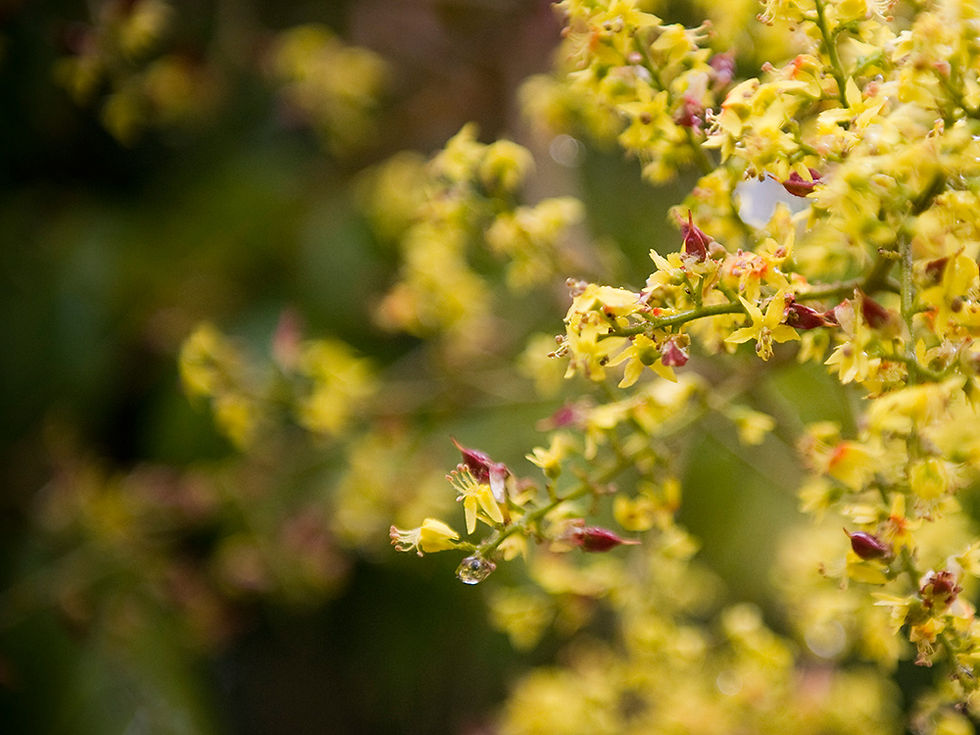
Describe your image here

Describe your image here

Describe your image here

Describe your image here

Describe your image here

Describe your image here
In the Image of God He Created Man







Culture

Those who attempt to define culture in terms of its species, i.e., regulations, duties, obligations, rights, prohibitions, values, traditions, and customs, do not advance our understanding of what culture really is.

When diverse linguistic groups left Babel and began to fill the earth, they entered territories where the natural environments were very different from each other. Each environment produced its own concerns about survival. To handle these concerns, each society created a defensive system that "fit" the environment. The result? Cultural diversity.

3. The Kiowa-Apache Defensive System
Environmental pressures of living in the Great Plains compelled tribes like the Kiowa-Apache to create similar defensive systems against existential anxieties. It also compelled individual tribes moving west into the Great Plains to hunt the buffalo to create the same kind of defensive system against anxiety. ....
4. The Jívaro Defensive System (Peru)

The cultural script in the minds of the polygamous, head-shrinking Jívaro of the Peruvian Rainforest said: "One must build a defensive systems against being killed by your parallel cousin." For the Jívaro, their defensive system, as illustrated in the photo, was not against the powerful Incas who lived on the West, nor against the Canelos (Quechua) who lived on the North, nor against against the Achuar who lived on the East, nor against the Huambisa and Aguaruna on the South, but against their own kin.

5. The Inupiat Eskimo Defensive System (Alaska)
To travel outside of one’s ascribed hunting grounds into your neighbor's hunting grounds was like entering enemy’s territory, even though one spoke the same language and shared the same customs, institutions, and history. In order to enter a neighboring village's hunting ground meant every Inupiat Eskimo hunter had to have a real wife and sons and daughters living there.






6. Village Defensive System (North India)
To stave off and prevent inter-village warfare, villages of Northern India formed alliances symbolized in the interchange of sons and daughter through marriage.Their defensive system against anxiety compelled their sons and daughter to marry out. In this case, the function of the Rule of Exogamy was to protect their defensive system.
The existential question of the Sharanahua people of Peru was "Who will provide the meat for the household of five." According to anthropologist Janet Siskin, “The crucial reality of Sharanahua life is the necessity for insuring a secure food supply and this fact shapes the interactions between men and women, old and young, kinsmen and affinals.”
At some point in Chácobo history their ancestors grappled with the question: Who is going to make the beer or jënë? Their existence depended on it. It was their staple of life. The task of providing beer was ascribed to mother and her daughters. No daughter was permitted to leave at marriage.
Psychoanalyst Géza Róheim proposed: “Every culture, at least every primitive culture, can be reduced to a formula like neurosis.... Culture involves neurosis which we try to cure.” And, "defensive systems against anxiety are the stuff that culture is made of." The above data supports his conclusion.
What "sneaked into history against the Divine will" and "multiplied sin" (Romans 5:20) were hundreds of chaos producing law-systems which were in fundamental opposition of the "Law of the mind (Rom. 7:23).
11. Culture Against the "Law of the Mind"
Before missionaries ever arrived in Winnebago land, Winnebago native philosophers were fully aware there existed a spiritual war between a "Law of the mind" (Rom. 7:23) and their defensive cultural scheme designed to relieve their existential anxieties.


